Articles
Category
Cities’ Affective Smells
Suzel Balez
Smells contribute to urban identities. They are memory activators and, as the neuroscientist André Holley points out, they have striking emotional power…
Emotions and Frustrations: An Analysis of the Failure of a Democratic Participative Process
Tanika Join and Lise Serra
The article examines how emotions influence the co-construction of an urban renewal project. The case study is located in Saint-Denis, Reunion…
Smart Complaints? ‘Wild’ Things and the Promise of (Un)happiness in Urban Crowdsourcing Apps
Sabrina Stallone
The way we make sense of cities today is heavily codified by data. As media scholar Shannon Mattern argues, “this datafication of the city is also…
(Unwanted) Emotions As Vital for the Collective Production of the City: The Case of Park Am Gleisdreieck in Berlin, Germany
Flavia Alice Mameli
The influence of emotions is often neglected in the firmly structured and institutionalised planning processes of urban development. Considered…
Mapping Democracy: A Tale of Two Capitals
Anavil Ahluwalia
Capital cities have been the seat of political power and a central stage for their state’s political conflicts and rituals throughout the ages. The…
The Fine Line Between Protection and Citizen Control in Beirut
Kamila Bak, Rita Berisha and Anna-Maria Grimm
During the speech addressing the Protests in Lebanon in October 20191, Lebanese President Michel Aoun announced, “I heard many voices calling for t…
The Space of Appearance Revisited in the Occupied Squares Movement
Kallia Fysaraki and Phaedra Kotsifaki-Sarpaki
The square-movement of 2011 erupted as a protest and resistance to existing forms of governance globally. It gathered crowds from different backgro…
The Spatiality of 2019 Protests in Beirut
Nadine Hindi
On the afternoon of October 17th 2019, a long overdue protest swept all of Lebanon at once1. It spontaneously erupted across different cities and l…
Materializing Alternative Futures through Urban Hyperstitions: The Case of Haus der Statistik in Berlin
– Noël Nicolaus
We will have to build unusual alliances, create resilient networks of grassroots institutions, foster models for sustainable circular economies.
Imagining street-markets as urban commons: The mother’s market in Manipur
– Swetha Rao Dhananka and Leo F. Saldanha
Over the years, the women’s collective political power and economical importance has developed through the market space and has been a prevailing force in becoming the socio-economic engine of the region.
The Power of Envisioning: Projective design as a tool for embracing radical change
– Aikaterina Myserli and Henk Hartzema
During the summer of 2019, the National Environmental Vision (De Nationale Omgevingsvisie-NOVI), was published in the Netherlands.
(R)evolutionary powers for regenerative economies: Learning from natural law and leaders in Jackson, Mississippi
– Elizabeth A. Walsh
What can we learn about liberty, natural law, and human nature from American revolutionaries before and after the 18th century to meet the challenges of the 21st century?
Beauty and the beast: Confronting contrasting perceptions of nature through design
– Siân Moxon
Nature elicits potent, contrasting emotions in us, from love and awe to fear and loss of control. As we become increasingly urbanised, we are distancing ourselves from wildness…
Both feet in murky waters: Fieldnotes from the Floating University in Berlin
– Maxime Le Calvé and Olivier Gaudin
The proposal is to connect a neighbourhood, the city’s infrastructure and a hybrid ecosystem through the exploration of a specific place.
Cities, eco-systems and embedded expressions: Towards performative regeneration
– Anjali Karol Mohan, Mohan S. Rao and Rahul Paul
This paper traces the shift from sustainability – argued to be an ‘exhausted term’ – to regenerative cities.
Unceded territory and the lawspace of the settler colonial state
– Seraphine Appel
The iconic fountain at the entrance to the parliament building in Victoria, British Columbia (BC), Canada bleeds red. Since January 2020, an Indige…
On spatial looseness and temporary use: Exploring Al-Hisba market
– Mira Idris and Razan Bleidi
In its central location at the intersection of the Palestinian cities of Ramallah and Al-Bireh, the popular market of Al-Hisba represents…
Defaced land: Reading the marks of a social obsession
– Konstantinos Manolidis
Street networks commonly serve some form of human habitation. That’s why the image of a dense pattern of driveways leading to vacant plots in a nat…
Al-Manshiyya: Bordering and spatializations of difference on the vanishing Palestinian coastline
– Taylor Kathryn Miller
Walking north along the Homat HaYam Promenade in Jaffa, the entire Tel Aviv skyline comes into view with Mediterranean waves crashing against the o…
Value in the empty city: Findings from New Zealand’s Urban Dream Brokerage
– Sophie C. R. Jerram
The Urban Dream Brokerage (UBD) ran as a platform in New Zealand, liaising between creative producers and private property owners, to place community and arts projects in vacant city sites.

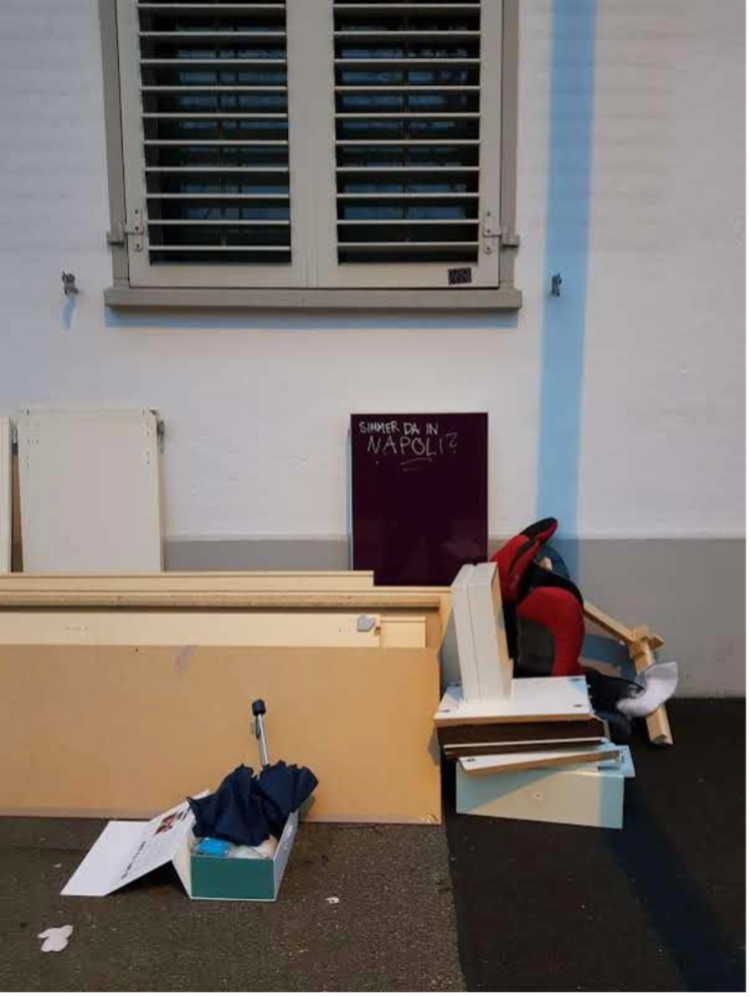 Sabrina Stallone"/>
Sabrina Stallone"/>
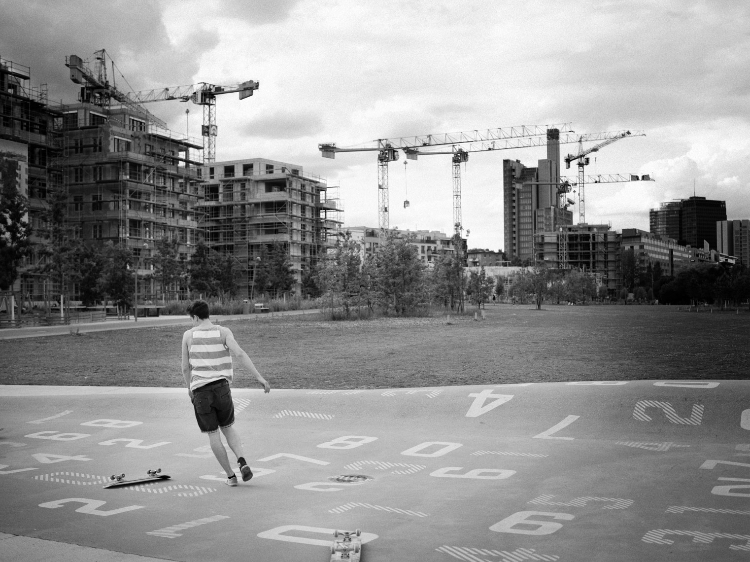 Flavia Alice Mameli"/>
Flavia Alice Mameli"/>
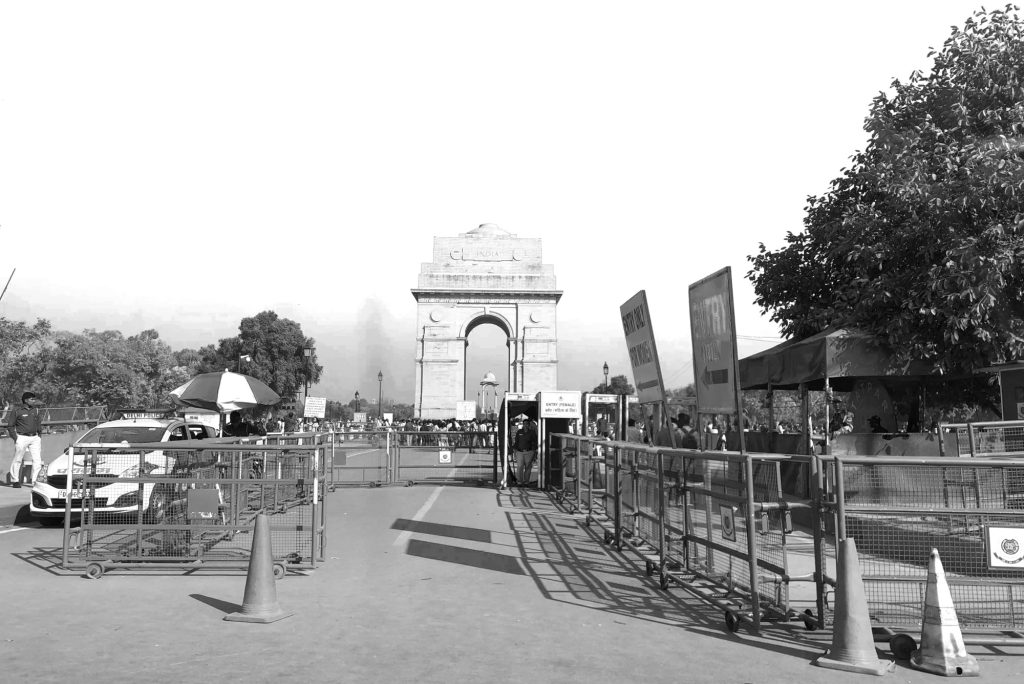 Anavil Ahluwalia"/>
Anavil Ahluwalia"/>
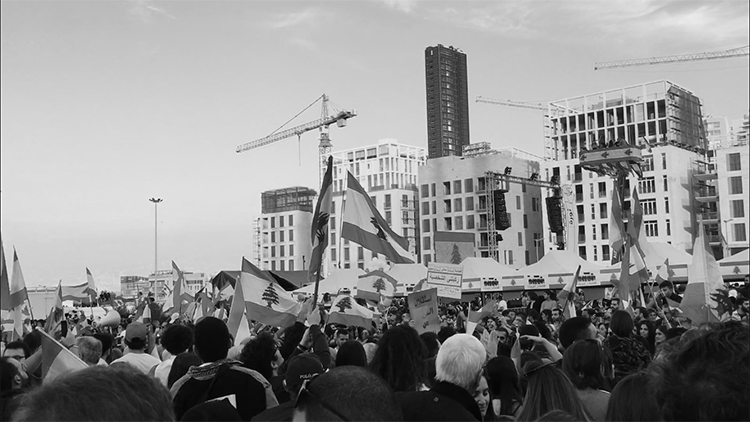 Kamila Bak, Rita Berisha and Anna-Maria Grimm"/>
Kamila Bak, Rita Berisha and Anna-Maria Grimm"/>
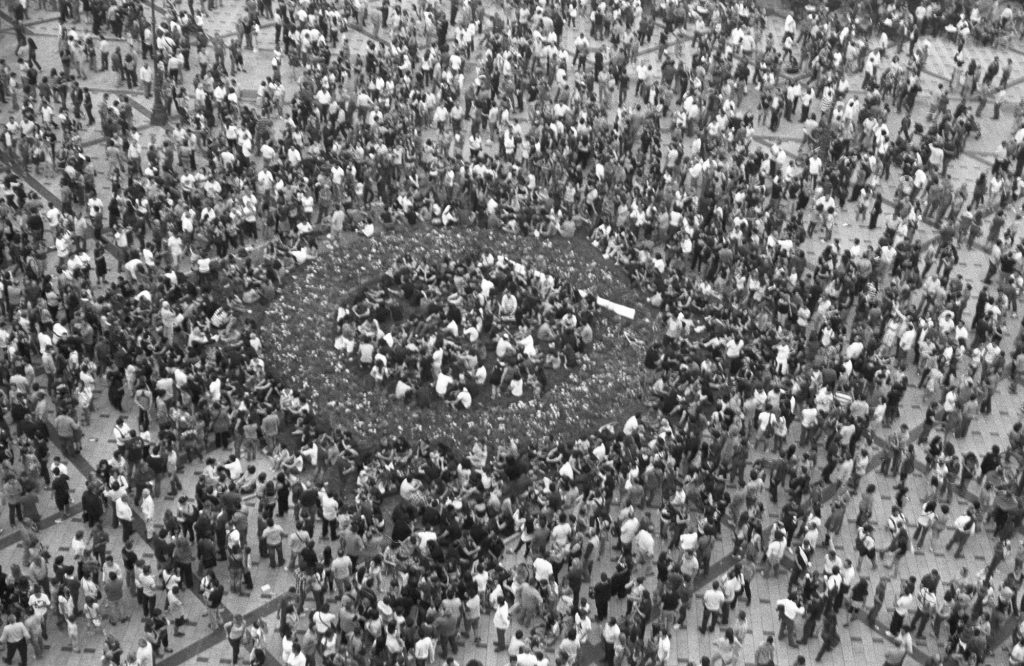 Kallia Fysaraki and Phaedra Kotsifaki-Sarpaki"/>
Kallia Fysaraki and Phaedra Kotsifaki-Sarpaki"/>
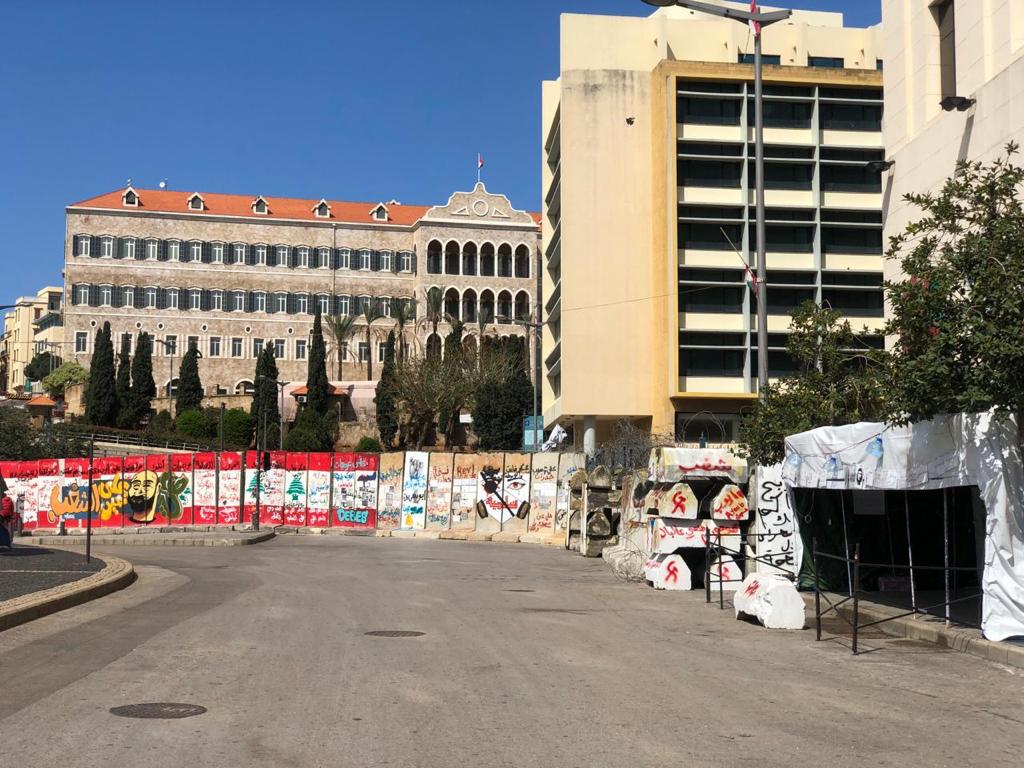 Nadine Hindi"/>
Nadine Hindi"/>
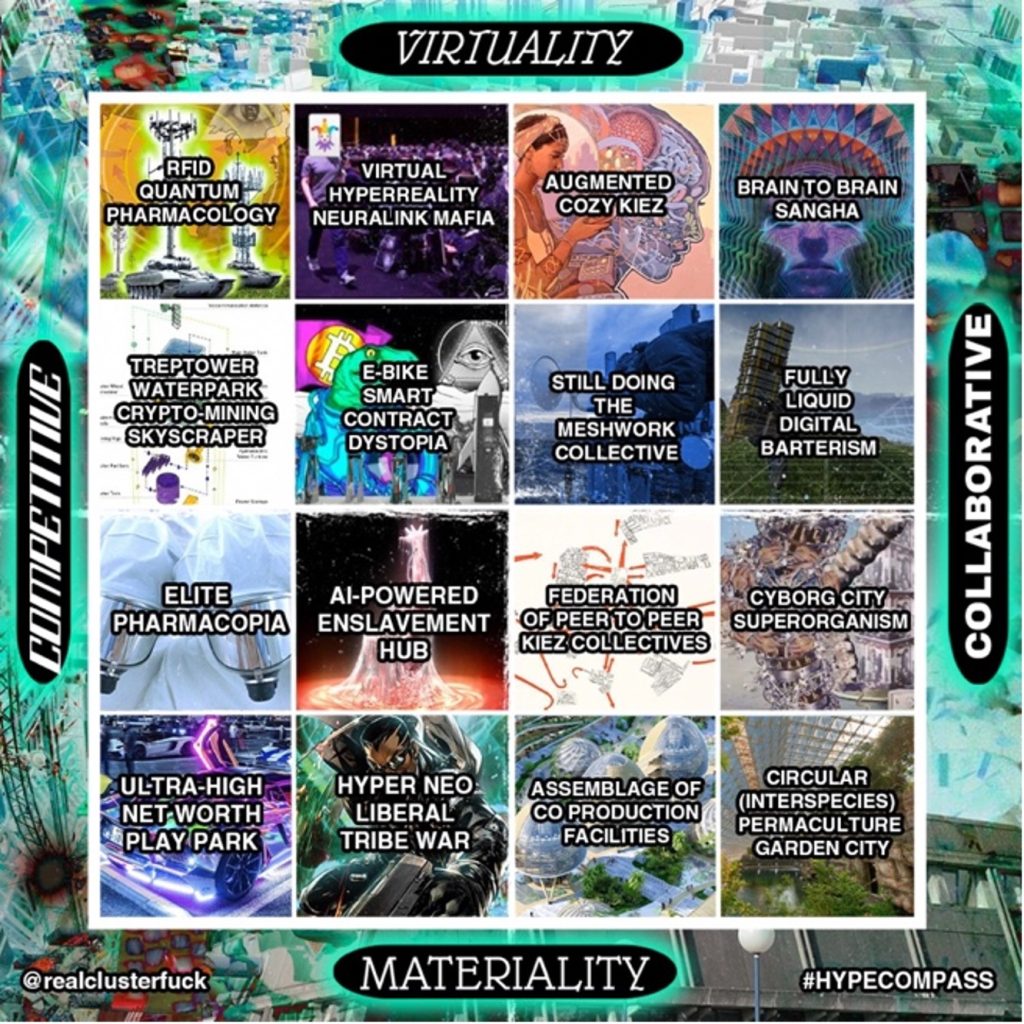 – Noël Nicolaus"/>
– Noël Nicolaus"/>
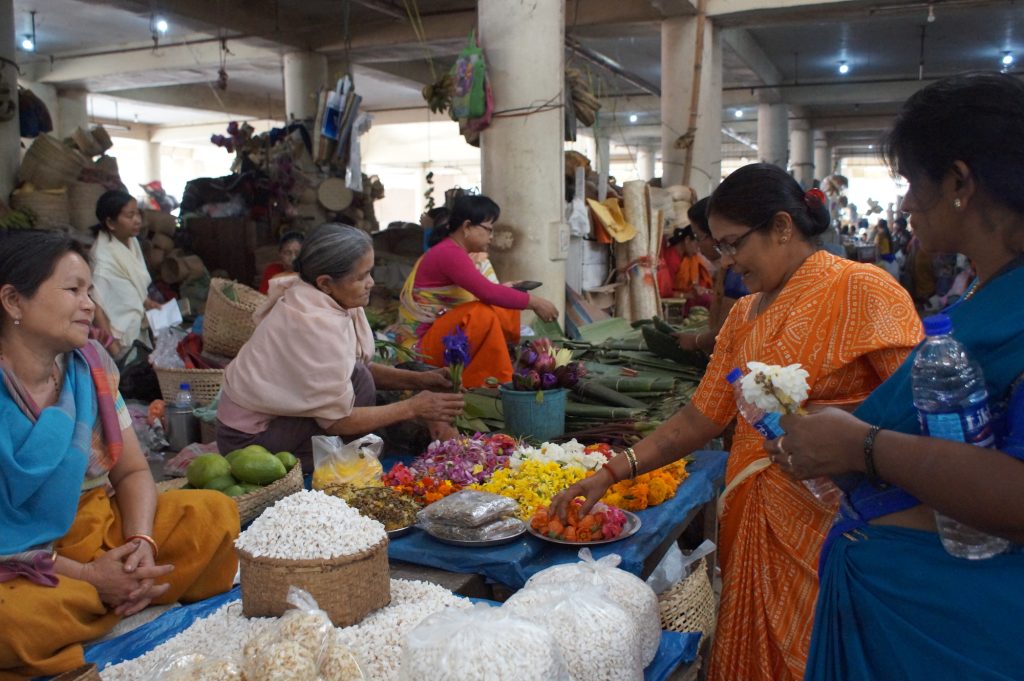 – Swetha Rao Dhananka and Leo F. Saldanha"/>
– Swetha Rao Dhananka and Leo F. Saldanha"/>
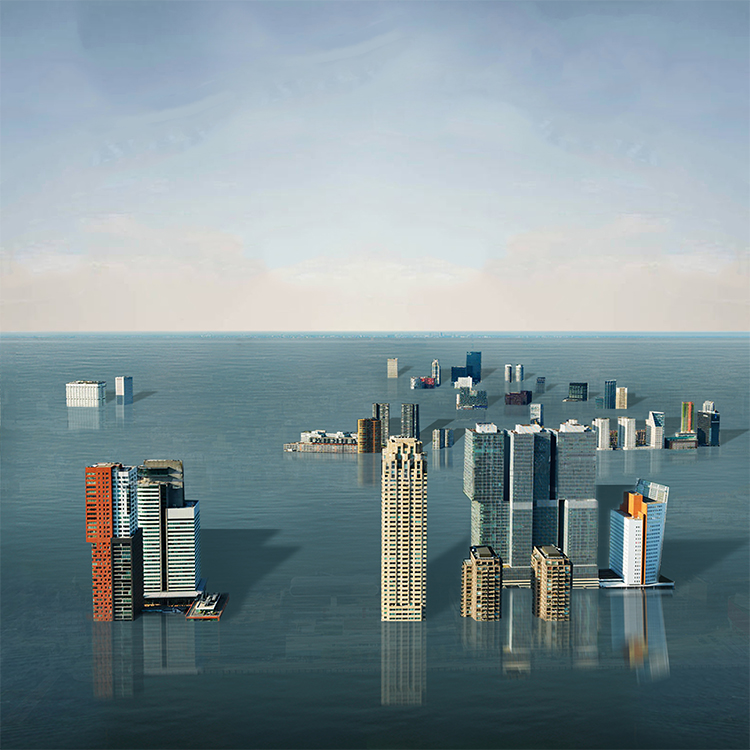 – Aikaterina Myserli and Henk Hartzema"/>
– Aikaterina Myserli and Henk Hartzema"/>
 – Elizabeth A. Walsh"/>
– Elizabeth A. Walsh"/>
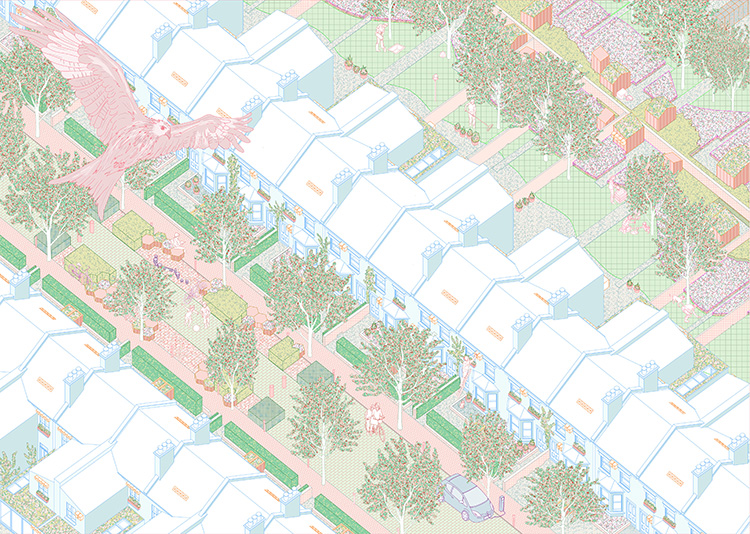 – Siân Moxon"/>
– Siân Moxon"/>
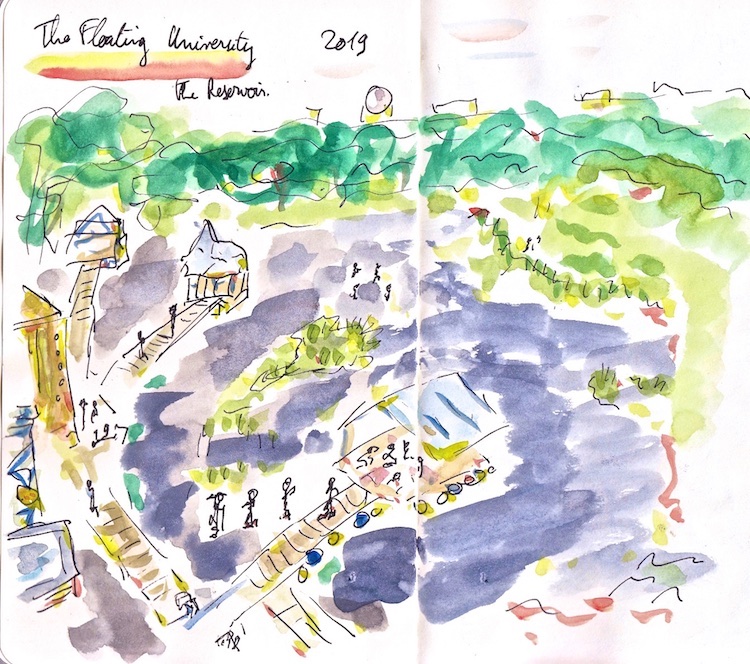 – Maxime Le Calvé and Olivier Gaudin"/>
– Maxime Le Calvé and Olivier Gaudin"/>
 – Anjali Karol Mohan, Mohan S. Rao and Rahul Paul"/>
– Anjali Karol Mohan, Mohan S. Rao and Rahul Paul"/>
 – Seraphine Appel"/>
– Seraphine Appel"/>
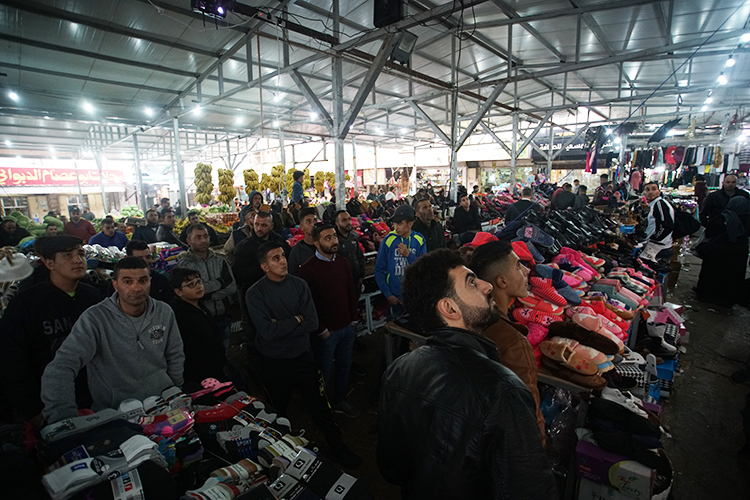 – Mira Idris and Razan Bleidi"/>
– Mira Idris and Razan Bleidi"/>
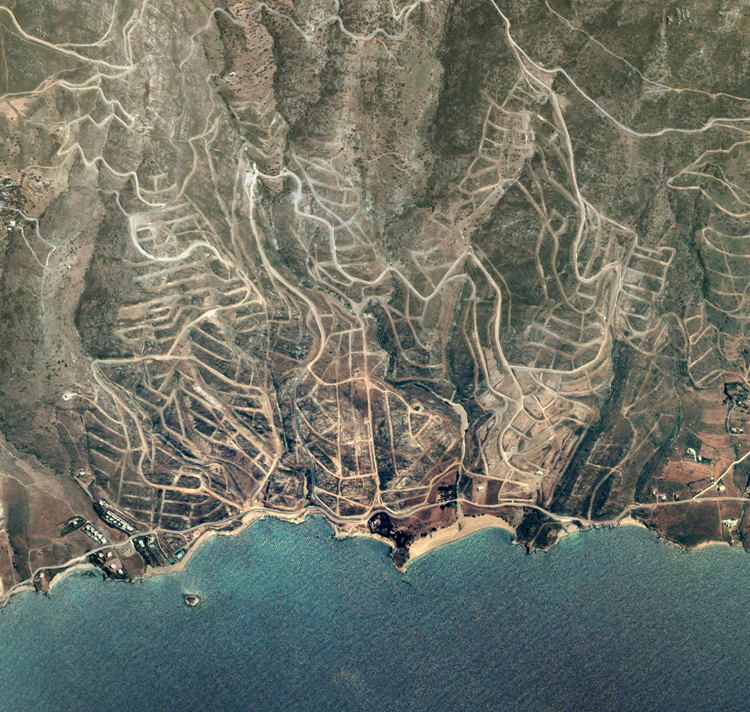 – Konstantinos Manolidis"/>
– Konstantinos Manolidis"/>
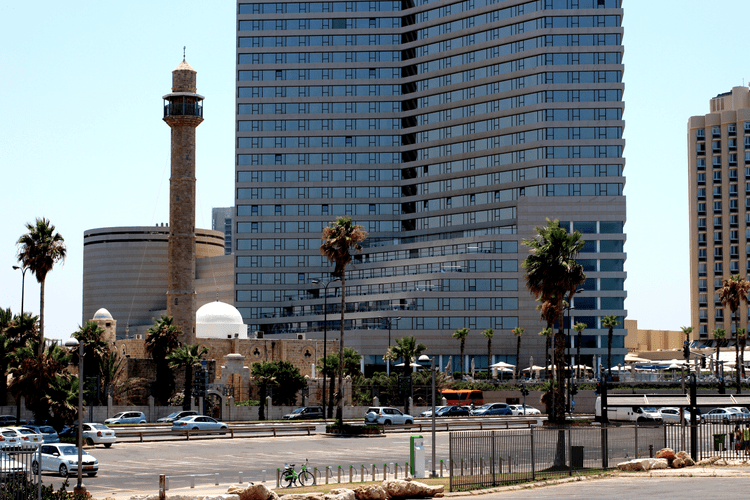 – Taylor Kathryn Miller"/>
– Taylor Kathryn Miller"/>
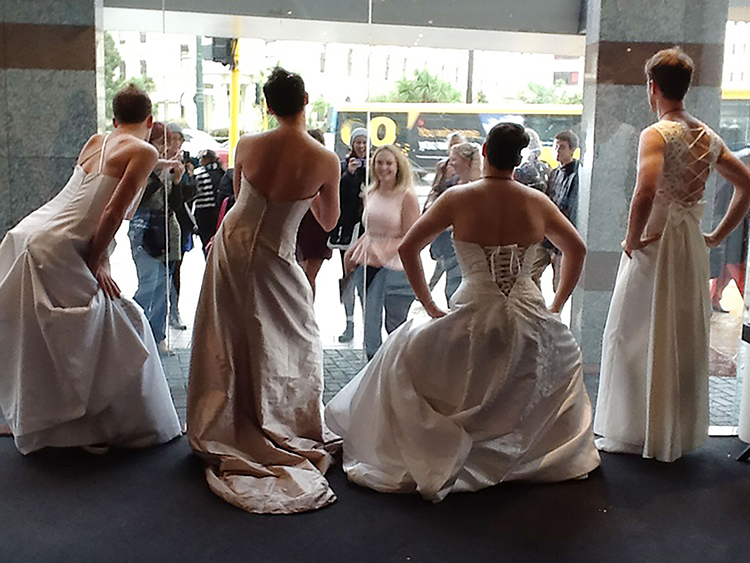 – Sophie C. R. Jerram"/>
– Sophie C. R. Jerram"/>